
 |
Home | Tibet Guge References | Contact |
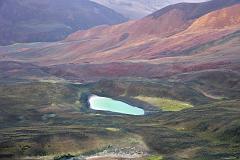
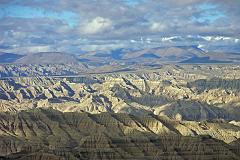
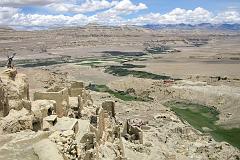
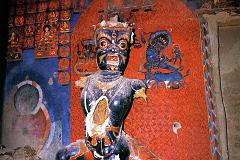
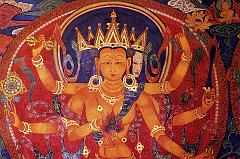
Updated: February 2009. Click on an image to see the FULL size with a caption.
Tholing (also spelled Toling) and neighbouring Tsaparang are the ruined former capitals of the ancient Guge Kingdom of Ngari in Western Tibet, 190km south west of Mount Kailash. After the assassination of the anti-Buddhist king Langdharma (842), one of the king's sons, Wosung, established the Guge kingdom at Tsaparang, west of Lake Manasarovar and Mount Kailash. By the 10th century, it was a wealthy centre supporting several thousand people, and the great Guge king, Yeshe O (947-1024) began to nurture an exchange of ideas between India and Tibet.
Yeshe O sent the young monk Rinchen Zangpo (958-1055, also spelled Sangpo) to study in India. The monk returned 17 years later to become one of Tibet's greatest translators of Sanskrit texts and a key figure in the revival of Buddhism across the Tibetan plateau. Rinchen Zangpo built 108 monasteries throughout western Tibet, Ladakh and Spiti, including Tholing and Tsaparang. He also invited Kashmiri artists to paint the unique murals still visible today.
It was partly at Rinchen Zangpo's request that Atisha, a renowned Bengal scholar and another pivotal character in the revival of Tibetan Buddhism, was invited to Tibet. Atisha spent three years in Tholing before traveling on to central Tibet.
The kingdom fell into ruin just 50 years after the first Europeans (Father Antonio de Antrade) to enter Tibet arrived in 1624, after a siege by the Ladakhi army, with merciless support from Muslim mercenaries. From the 1680s until the early 20th Century the region was largely deserted, with its great history and cultural treasures forgotten and undisturbed. Guge remains historically important as the repository of an otherwise vanished artistic style and the source from which an invigorated Buddhist faith spread its light over Tibet.
In 1932-33 Italian Tibetologist Giuseppe Tucci (1894-1984) visited Western Tibet and chronicled with text and photographs many of the temples. In 1948 Lama Anagarika Govinda (1898-1985), a German Buddhist monk, came to Tsaparang and Tholing with his wife Li Gotama who took many photographs. Thanks to Tucci and Govinda we know what the temples looked like before the arrival of the Red Guards in 1967. They destroyed many of the statues and in Tholing a number of buildings, before closing down the sites and leaving them to the mercy of wind and weather throughout the years of the Cultural Revolution.